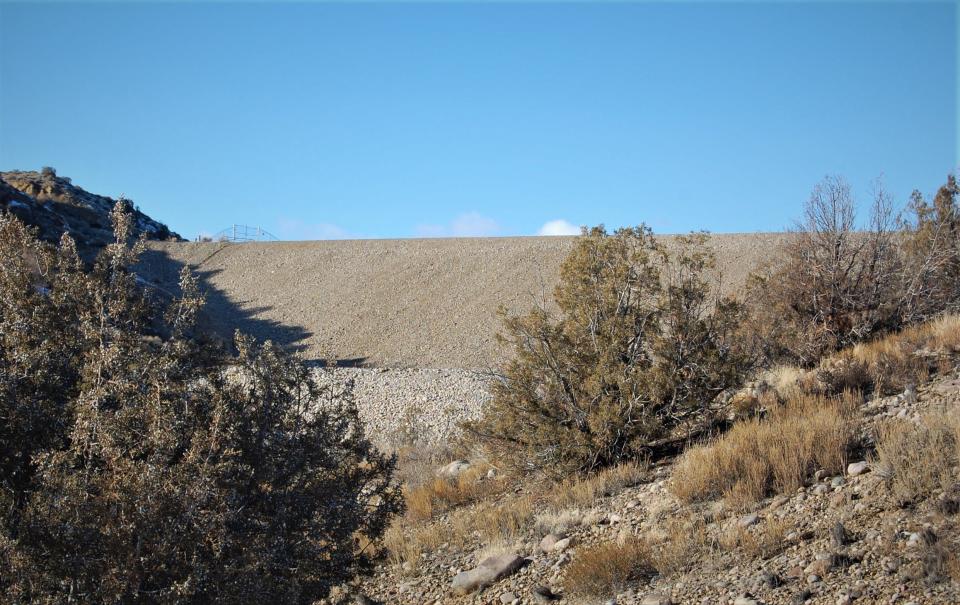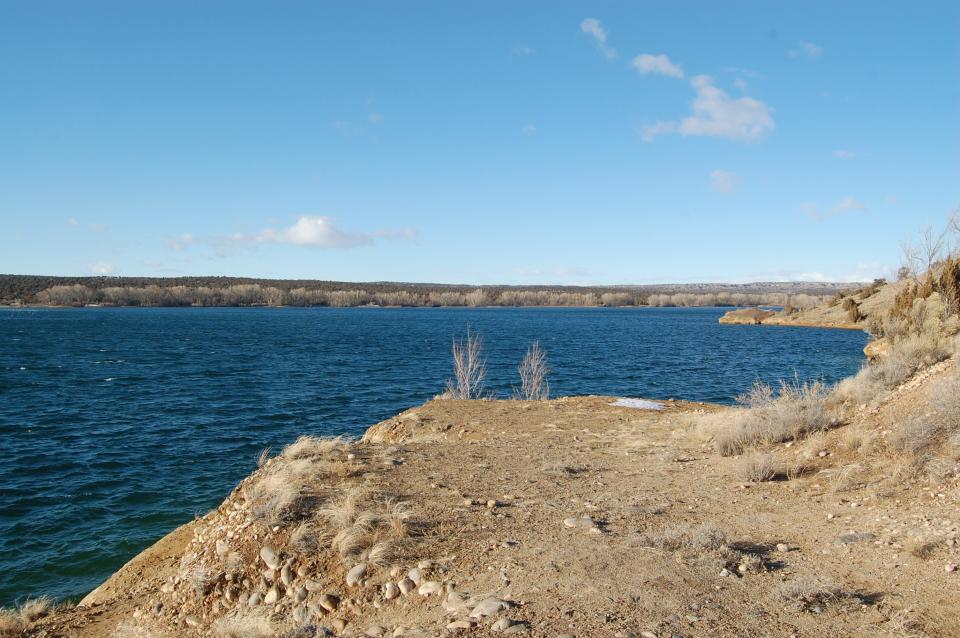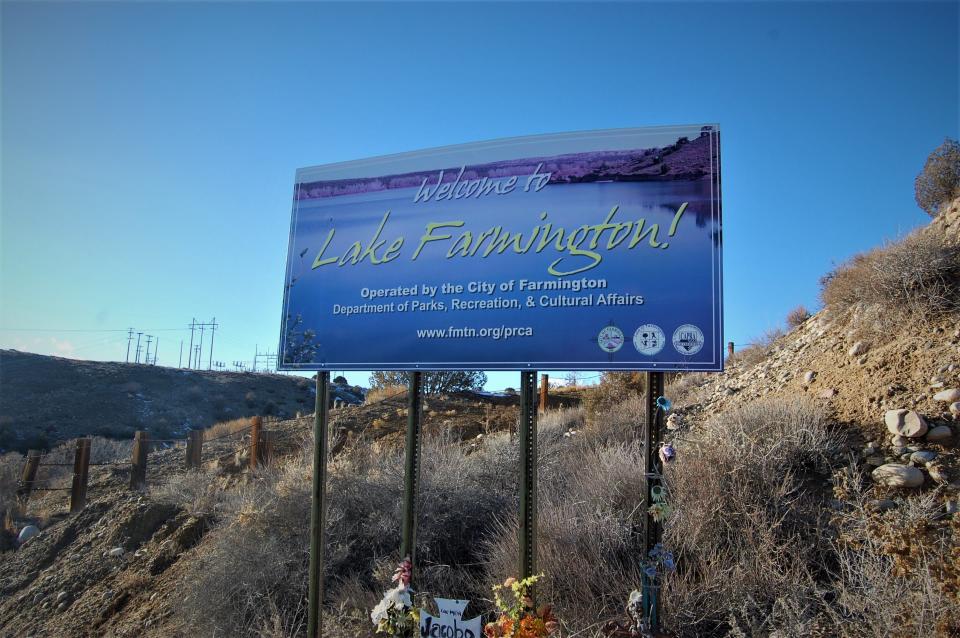City officials applying for money for feasibility study for Lake Farmington dam project
A plan to conduct a feasibility study examining the possibility of raising the height of the dam at Lake Farmington cleared its last procedural hurdle during the Aug. 8 Farmington City Council meeting, meaning the city could award a contract to a firm to produce the study this fall.
The idea of raising the height of the dam has been kicked around by Farmington officials since 2016. But the project did not begin to take on any urgency until earlier this year, when David Sypher, the city’s public works director, presented the City Council with a proposal to seek funding from two sources to cover the cost of a feasibility study.
Sypher estimated the cost of conducting such a study would be $5 million. That price tag would be covered by a $2.5 million grant from the San Juan Water Commission, plus a $5 million loan from the New Mexico Finance Authority, half of which would be forgivable. The net amount would pay for the study in full.
The City Council unanimously approved a resolution on the consent agenda at its Aug. 8 meeting that authorizes Sypher and his staff to apply for the financial assistance. Sypher described that move as a technicality after councilors verbally approved the move back in January.
“Funding was an issue because nobody has $5 million laying around waiting to be spent,” he said.

The plan calls for raising the height of the dam by up to 25 feet, which would increase the water storage capacity at Lake Farmington — the primary source of potable water for the city — by 73%. That would be enough to meet the city’s water demands for 348 days instead of the current 201 days, Sypher has said.
Sypher said the project has taken on increased urgency because of the megadrought the American Southwest has experienced for most of the 21st century, which is the most severe drought in the area in approximately 1,200 years. Long-range projections show water scarcity becoming a much greater issue over the remainder of the century, he said.
The dam-raising project would allow the city to impound more water from the Animas River. The city is permitted to impound more Animas River water than it does, he has said, but it lacks the storage capacity to keep it.
He described the plan to increase the height of the dam as the “lowest-hanging fruit” among the scenarios that would ensure Farmington has enough water to meet its future needs. It certainly would be less expensive than building another reservoir, he said.
But the project would not be inexpensive. Sypher cited a 2017 study indicating the price of raising the dam would be $65 million, but he said the cost would go up with each passing year because of inflation. During a presentation to the council in January, he estimated that even if the city was to make rapid progress on the project, it would cost $100 million by the time it came to fruition.

That figure is well beyond the city’s means, he said.
“That’s not happening with local funds,” Sypher said. “It can’t.”
That kind of funding would only be available through congressional approval, he said, through a project that involves the U.S. Army Corps of Engineers.
Sypher likes to refer to the proposal as a “generational project,” meaning he acknowledges it isn’t likely to get built anytime soon, perhaps not even in his lifetime, given the difficulty of securing that funding and clearing the regulatory obstacles it would face.
As an example, he cited the lesson of Lake Nighthorse, a reservoir in La Plata County, Colorado, that also impounds Animas River water. The project was discussed as far back as 1920, he said, but it wasn’t authorized by Congress until 1968. Construction began in 2003, and the lake did not fill to capacity until 2011.
That means it took approximately 90 years for Lake Nighthorse to move from the conceptual stage to reality. The price tag for the project was $500 million.

“So it could be a long process,” Sypher said. “But if you don’t start, it’ll never happen. We’re trying to do what’s best for future generations.”
Sypher estimated that once a contract is awarded, it would take the winning firm approximately a year to complete the study.
Mike Easterling can be reached at 505-564-4610 or measterling@daily-times.com. Support local journalism with a digital subscription: http://bit.ly/2I6TU0e.
This article originally appeared on Farmington Daily Times: City officials seek funding for study of Lake Farmington dam project

